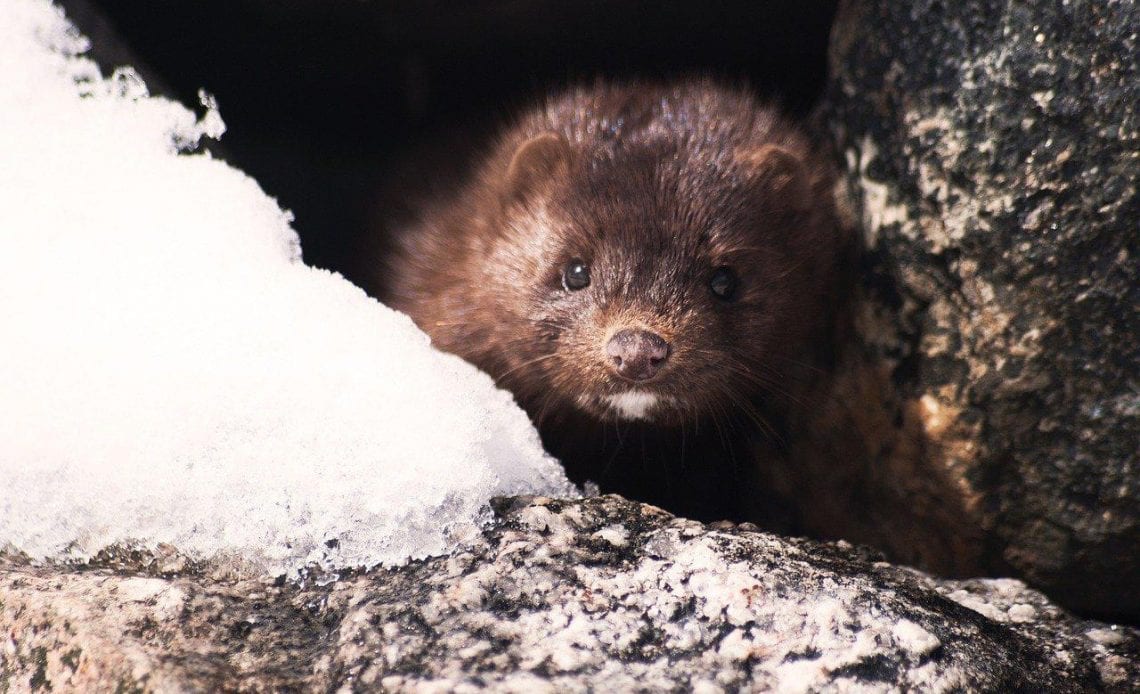
Across the world, there exists a multitude of animals that are covered with fur. Even though fur is hair that protects the animal, it is much more different and complex than human hair. Fur is one of the main characteristics for mammals and is used as a differentiating factor in taxonomy. Its composition is also more complex than that of human hair in the fact that it is made up of two layers. Since the main function of fur is to keep the animal warm, it is made of two layers. The outer layer comprising of longer strands which are called guard hair and the inner layer is made of shorter underfur which helps insulating, especially during winters.
Thick luscious fur is mainly a characteristic of temperate animals which belong to regions with low temperature. Some of these animals survive temperatures below -50˚C. These animals have such a thick undercoat that it is difficult to get through it to feel their skin. However, some animals, like the Chinchilla are found in the warm temperatures. This depends from species to species. The color of the fur is also controlled by two factors, genetics and climate. Temperate mammals usually have whiter fur which reflects more light. The density of the fur is measured by either how much hair follicles are present per square centimeter or how much hair strands are emerging from one follicle.
Here is a list of some animals which have interesting fur coats:
Mink
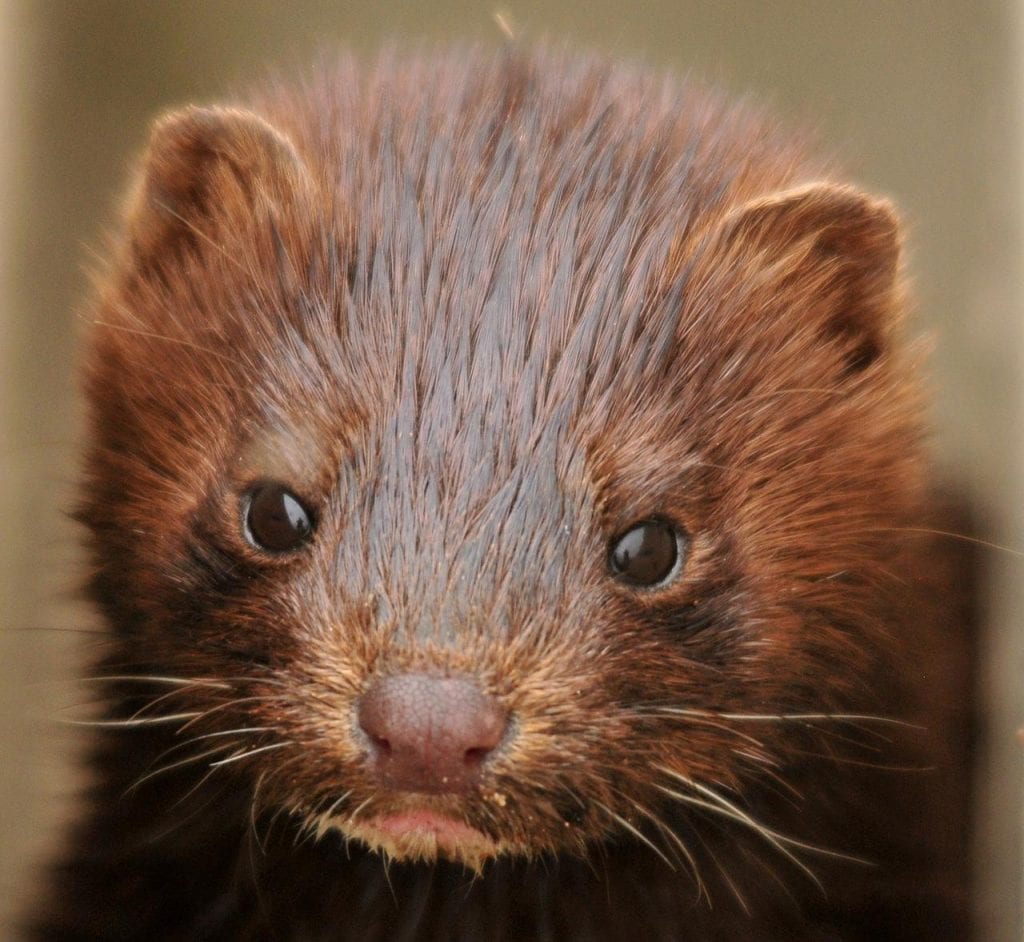
Mink (Neovison vison) is one of the most popular animals when it comes to fur. Mink fur is very costly because of their high quality. Minks are small animals which belong to the ferret family. They are semi aquatic and carnivorous. There are two different types of minks, the American mink and the European Mink. These animals are farmed for their fur. This has lead to lot of controversies regarding animal abuse. However, in USA and most of the European countries, mink farming is still a very large business worth millions.
What makes the mink fur so interesting is that its guard hair is very soft and lightweight but the underfur is still thick and lustrous. It is naturally available in many colors ranging from black to brown to white. However, mink farming has altered the genetic makeup which leads to different gradients of colored fur. The fur from female minks is much softer and silkier than the one from male minks.
Lynx
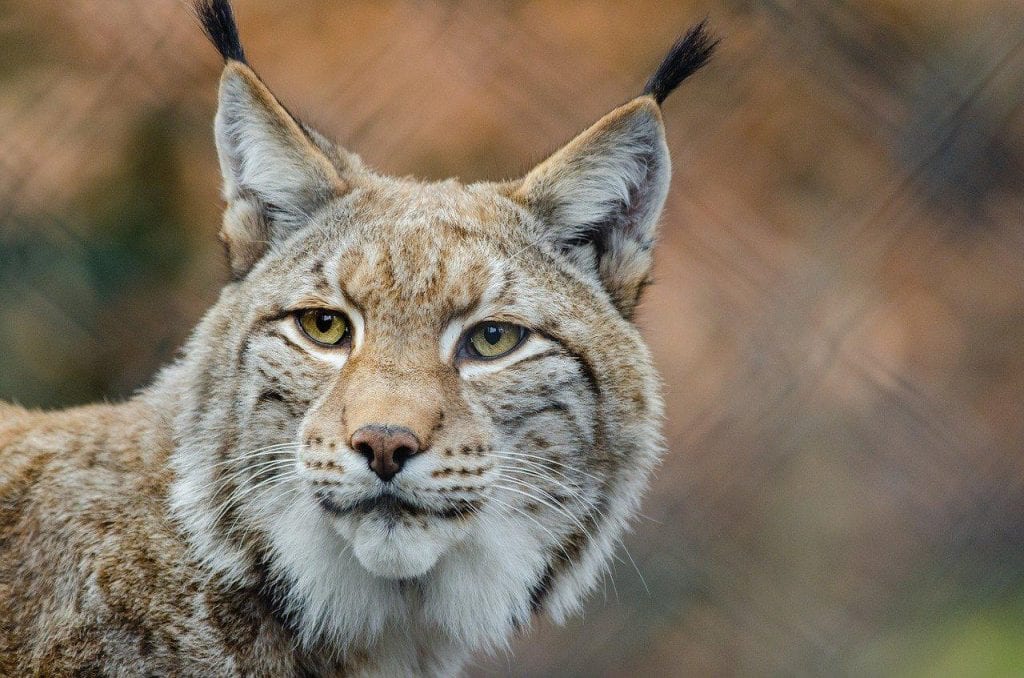
The lynx is an animal belonging to the cat family. Its fur is characteristic of most of the mammals in the cat family having brown spots on a light brown background. There are four different types of lynxes, the Eurasian Lynx (Lynx lynx), the Canadian Lynx (Lynx canadensis), the Iberian Lynx (Lynx pardinus) and the Bobcat (Lynx rufus).
The type of fur on the lynx will depend on the climatic conditions of the area. Lynxes which live nearer to the equator have shorter and darker fur. As you travel to higher latitudes and the temperature starts decreasing their fur becomes thicker and lighter. Since Lynx fur is mainly procured from the wild, they are very highly prices. The quality of the fur also affects the price. The lighter the colour of the fur, the more expensive it is.
Chinchilla
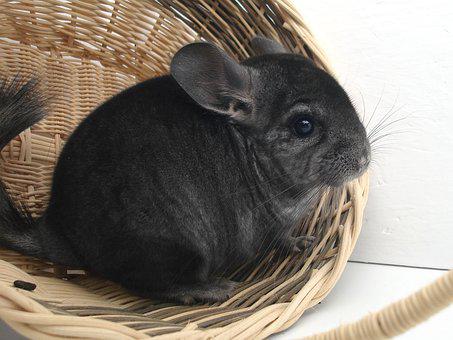
Chinchilla are small rodents which are mainly found in the Andes Mountains in South America. There are two species of these animals in existence, (Chinchilla chinchilla and Chinchilla lanigera). Even though these animals are really small, they have the densest fur in comparison to all the other mammals that live on land. These animals are also raised for their fur. The reason the chinchilla fur is in such high demand is because of its density. There are around 60 hair strands sprouting from one hair follicle. Even then, coats made from chinchilla fur need around 150pelts. This is due to the small size of the animal.
These animals are in such high demand that one of the species has been exploited to the point of extinction. The other two are endangered and are almost extinct. It is illegal to hunt chinchilla but they are still farmed for their fur.
Sea otters
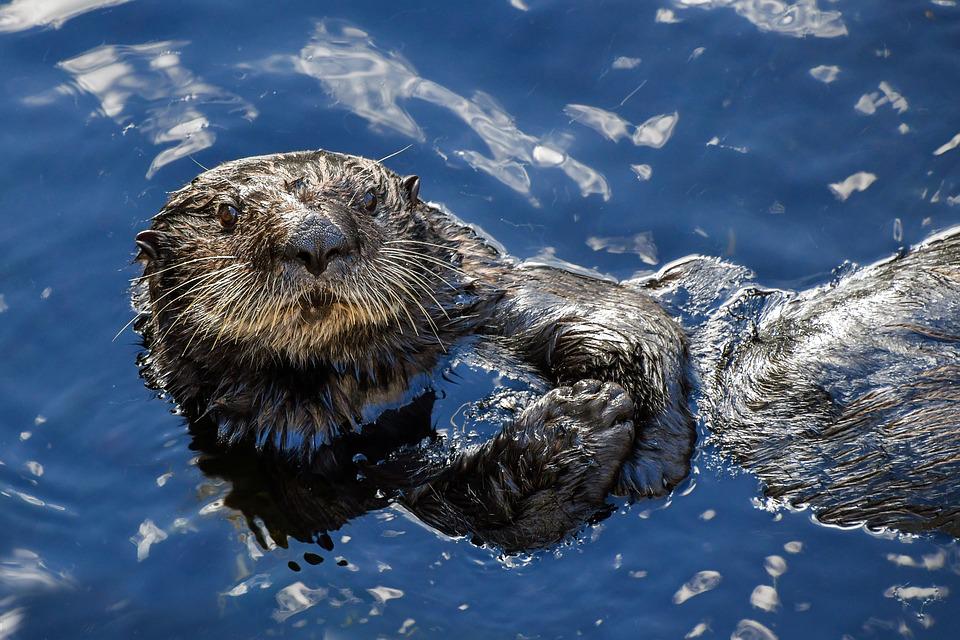
The sea otter (Enhydra lutris) is a marine animal belonging to the weasel family. These mammals are the largest in their family but the smaller marine animal. The sea otter has the densest fur from all mammals in the world. There are around 1 million hair strands in about one square inch of skin. This fur comes in handy when it comes to insulating as these animals lack fat layers. The sea otter primarily lives in the water but is also capable of walking on land. These mammals are found all over the world mostly near sea shores.
These mammals are also endangered due to overexploitation of their fur. The reason for their high demand is mainly due to the thickness and waterproof characteristic of the fur. They have been hunted for centuries for their thick fur. In 1911, many countries like Russia and United states signed a treaty to help conserve and protect fur seals during the Convention for preservation of the Fur Seal and Sea Otter.
When compared, the Sea otter has more hair per square centimeter of skin than the Eurasian Otter. The Eurasian otter has 80,000 hair strands per square centimeter and the sea otter has 140,000 hair stands per square centimeter of skin.
Sable
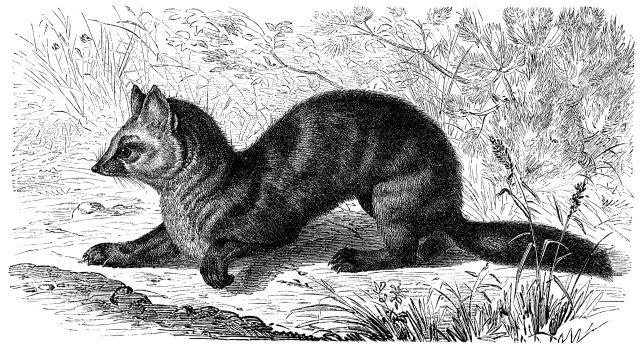
The sable (Martes zibellina) is a small animal belonging to the marten family. They are found in Russia all the way to Siberia. It is also found in China, North Korea and Japan. These mammals have also been hunted for centuries for their black fur. Their fur is highly priced and is still considered a luxury item. From among the martens, the sable fur is considered the most luxurious because it retains it smoothness in any direction it is stroked. It is also very lightweight and rare which also adds to its value. The fur is brown to black in color but has silver hairs in between. The more the silver tints to the fur, the higher its price.
This mammal is of least concerned when it comes to its IUCN conservation status.
Muskox
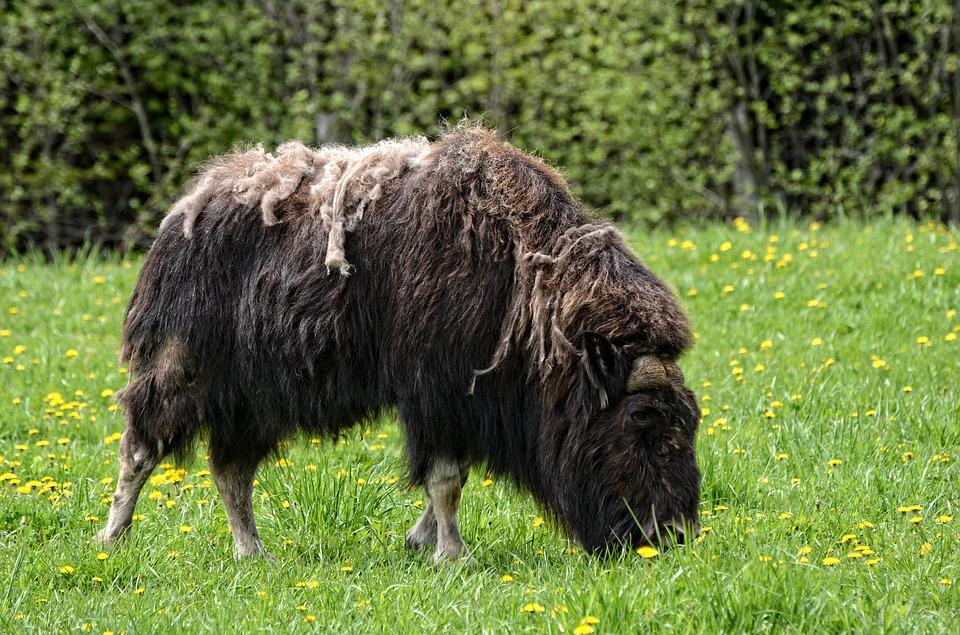
The muskox is a species of ox found in the arctic region of Greenland and the Canadian arctic. This is a species of hoofed mammals found in the arctic region. This animal is mainly popular for its very thick coat and musky smell which the males release to attract females during mating season.
The fur on this mammal changes according to season. During winter, when it reaches sub zero temperature, the underfur thickens ups. As the temperatures rise, the fur begins to shed to adapt to the warming climate. This underfur is called qiviut. This qiviut is what sheds in summer and is what is used to make wool. The muskox sheds a lot of their underfur. An adult can shed around 3.5 kg of underfur per season and mind you how light their fur actually is. The outer layer of guard hair can grow specifically long especially in older animals.
Qiviut is used to make many clothing items like scarves. The wool is much softer and much warmer than sheep’s wool. Some may even say that it is softer than cashmere wool. This is the reason why the wool is much more expensive. A qiviut scarf can cost around US $300 dollars.
The muskox is of the least concern in terms of conservation status, however- their population started declining due to hunting. There are no major threats since there hunting regulations have been enforced.
These are just six of hundreds of furry friends that exist all around the world. Most of these animals are under threat for the very reason they are admired. Conservation practices need to be at the highest to increase their chances of survival. Taking the example of these six mammals, all of them have been overexploited. Other animals which can also be added to this list will include the Arctic Fox, and other fox species. Fur Seals, the polar bear and other bear species as well and many others.
Another important thing to remember while considering fur is the animal abuse associated with it. When it comes to farming any animal for whatever use, these animals are treated very bad and live in very bad situations. The fur industry is one of the worst industries when it comes to animal rights. Hunting the animal for their fur is equally bad. These animals are pushed to the brink of extinction because of man’s greed. The rarer the animal, the more the fur costs which is why illegal trade of fur is so abundant. People will pay millions of dollars to get hold of the rare furs which is funding this already toxic industry.

